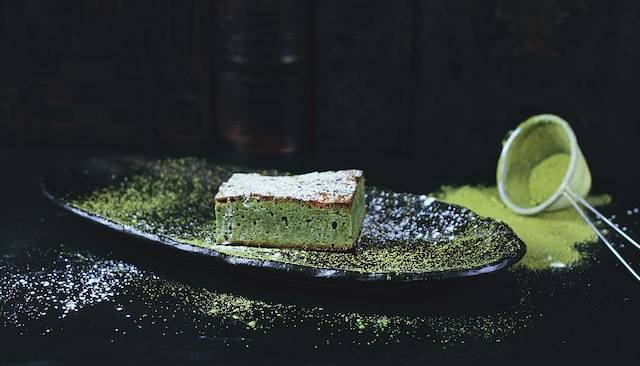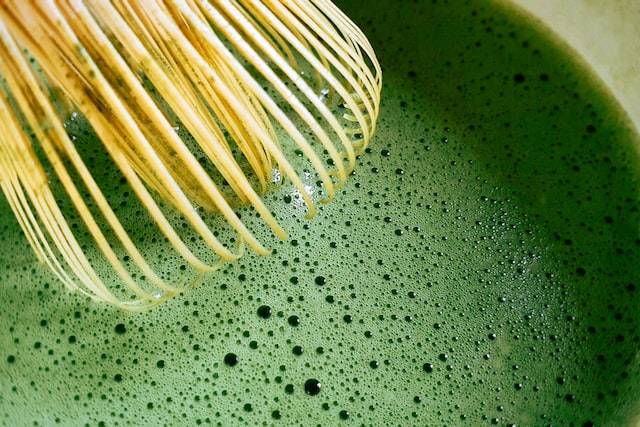Antioxidant natural and with a bright green color, the matcha it is a variant of green tea, the result of a particular treatment and a special preparation. Originally from ancient China, it is still widespread today, especially in Japan where it is used in the preparation of sweets and culinary preparations. It is a highly product natural and beneficial, from the incredible properties, which boasts a special ritual related to its preparation. It is about the well-known tea ceremony or Cha no yu, very widespread in China and Japan and in the name of spirituality, which boasts different procedures. But matcha is primarily an important product for the health of the organism, both against the harmful action of free radicals and for the good of circulation. Let’s find out all the secrets.
Matcha, all the beneficial properties
In Japan it is known as matcha, in China as mocha, and it is a variant of green tea. The plant is grown in specific and shady areas, sheltered from the sun, a characteristic that favors a high production of chlorophyll. And it is precisely this condition that increases the quantity of mineral salts and vitamins contained. For its preparation, the leaves of the Gyokuro species are harvested, rigorously by hand, which can come from young plants less than 30 years old (Usucha) or more dated plants with more than 30 years of age (Koicha). The treatment of the same provides for a particular type of steaming followed by drying, which prevents oxidation, and then grinding with stone mills.
The antioxidant properties vastly exceed those of the green tea, in particular catechins and polyphenols, combined with a good quantity of vitamins B1, B2 and C, beta-carotene, mineral salts and caffeine, even if in smaller doses. A really important mix that offers immediate benefits to the body, starting from circulation thanks to the presence of chlorophyll itself, responsible for activating apurifying action. In this way the body can eliminate waste and heavy metals, also regulating the pressure, modulating the blood sugar levels in the blood and by contrasting cholesterol. A joint action in defense of the heart, also thanks to the properties linked to the increase in metabolic activity with a reduction in fat and cardiovascular risks. But that’s not all, because consuming matcha improves digestion, flames and purifies the intestines and liver, strengthens the immune system and protects the well-being of bones and teeth. It also has an energizing power, stimulating concentration and relaxation at the same time, as well as carrying out an important antioxidant action against degenerative diseases and some forms of cancer.
The ritual of preparation

There ceremony linked to the preparation of matcha tea is a ritual important, both from the point of view of tradition and spirituality. A technique that does not involve infusion but Suspension, that is, the powder is emulsified with water to obtain a light tea or a more full-bodied and dense one. According to tradition, the tea ceremony takes place inside the room of the same name, chashitsu, furnished according to Zen principles and suffusedly lit. A necessary choice to embrace simplicity and harmony, leaving stress and worries out of the same place. A procedure that requires care and patience and some ritual objects such as:
- Chawan, the ritual bowl or cup with a flat bottom used for mixing tea with water
- Chashaku, the bamboo spoon used to measure the amount of matcha tea powder
- Chasen, a bamboo whisk with a central role, necessary for mixing and emulsifying the tea powder
- Chaki, the box where matcha tea is contained and strictly of natural origin
The water is brought to a maximum of 90 degrees and with one part both the cup and the whisk are heated, the matcha tea is taken with the chashaku and diluted with the chasen. THE movements they must be regular, energetic, repetitive enough to create a sort of letter M, thus creating a light foam and superficial. It is offered to those present without the addition of sweeteners, but after having consumed a local sweet to create a contrast of flavors and obtain a unique sensory experience.

